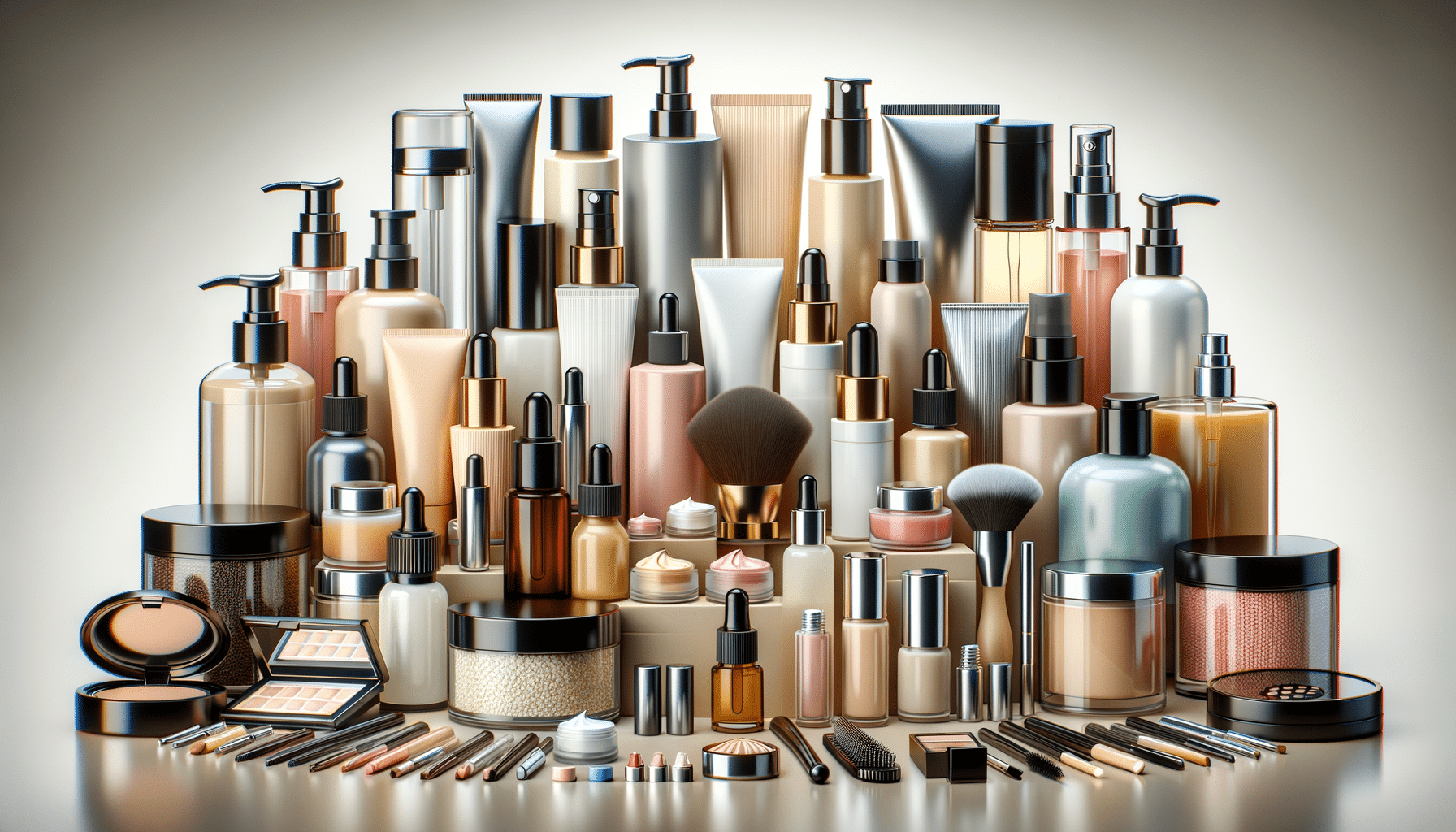
Understanding Packaging in the Cosmetic Industry
Introduction to Cosmetic Product Packaging
In the vibrant world of cosmetics, packaging plays a pivotal role not only in protecting the product but also in shaping the brand’s identity. As the first point of interaction with consumers, packaging must captivate and communicate effectively. It’s not just about aesthetics; it’s about functionality, sustainability, and consumer engagement. The importance of packaging is underscored by its ability to influence purchasing decisions and brand loyalty. This article delves into the multifaceted aspects of cosmetic product packaging, exploring its various elements and their impact on the industry.
Materials and Sustainability
The choice of materials in cosmetic packaging is crucial, impacting both cost and environmental footprint. Traditionally, materials like glass, plastic, and metal have been popular due to their durability and ability to preserve product integrity. However, with growing environmental concerns, the industry is shifting towards more sustainable options. Biodegradable plastics, recycled materials, and refillable containers are gaining traction. This shift not only reduces waste but also appeals to eco-conscious consumers, enhancing brand reputation. Companies are increasingly investing in research to develop innovative materials that balance sustainability with functionality.
- Glass: Offers a premium feel and is fully recyclable.
- Plastic: Lightweight and versatile, but environmental impact is a concern.
- Metal: Durable and often used for high-end products.
- Biodegradable options: Emerging as a sustainable alternative.
By embracing sustainable packaging, brands can significantly reduce their carbon footprint while meeting the demands of a more environmentally aware consumer base.
Design and Branding
Design is a powerful tool in cosmetic packaging, directly influencing consumer perception and brand identity. A well-designed package can convey luxury, simplicity, or innovation, depending on the target audience. Elements such as color, typography, and imagery work together to create a cohesive brand message. For instance, minimalist designs often appeal to a modern, sophisticated audience, while vibrant, bold designs might attract younger consumers. The use of unique shapes and tactile elements can also enhance the sensory experience, making the product more memorable.
- Color: Sets the tone and evokes emotions.
- Typography: Communicates brand personality.
- Imagery: Reinforces brand story and values.
- Shape and texture: Adds a sensory dimension to the experience.
Ultimately, effective design and branding in packaging can differentiate a product in a crowded market, driving consumer preference and loyalty.
Functionality and Consumer Experience
Beyond aesthetics, the functionality of cosmetic packaging is paramount. It must ensure the product’s safety and efficacy while providing a convenient and enjoyable user experience. Features such as easy-to-use dispensers, resealable lids, and travel-friendly sizes enhance usability. Additionally, packaging must protect the product from external factors like light, air, and moisture, which can degrade its quality. Innovative solutions like airless pumps and tamper-evident seals are increasingly common, offering both protection and peace of mind to consumers.
- Dispensers: Enhance ease of use and reduce waste.
- Resealable lids: Maintain product freshness.
- Travel-friendly packaging: Offers convenience on the go.
- Protection features: Safeguard product integrity.
By prioritizing functionality, brands can improve customer satisfaction and enhance the overall product experience, fostering brand loyalty.
Trends and Innovations
The cosmetic packaging industry is continuously evolving, driven by technological advancements and changing consumer preferences. Smart packaging, which incorporates technology such as QR codes and NFC tags, is emerging as a trend, offering interactive experiences and additional information. Personalization is another significant trend, with customizable packaging allowing consumers to engage with the brand on a deeper level. Furthermore, the rise of e-commerce has influenced packaging design, with a focus on durability and unboxing experiences that delight consumers.
- Smart packaging: Provides interactive and informative experiences.
- Personalization: Enhances consumer engagement and brand connection.
- E-commerce influence: Emphasizes protective and visually appealing designs.
By staying abreast of these trends and embracing innovation, cosmetic brands can stay competitive and meet the evolving needs of their consumers.
Conclusion: The Future of Cosmetic Packaging
As the cosmetic industry continues to grow and evolve, the role of packaging becomes increasingly significant. It is not merely a container but a strategic tool that influences consumer perceptions and purchasing decisions. By focusing on sustainability, design, functionality, and innovation, brands can create packaging that resonates with consumers and stands out in a competitive market. The future of cosmetic packaging lies in its ability to adapt to changing trends and consumer demands, ensuring that it remains a vital component of the overall product experience.


